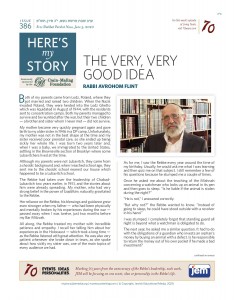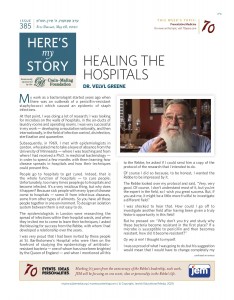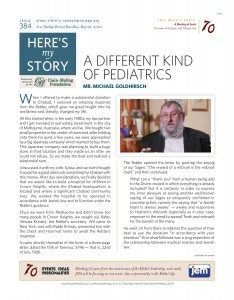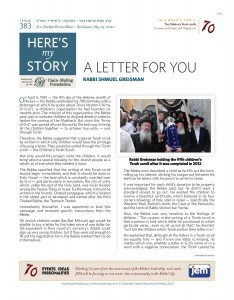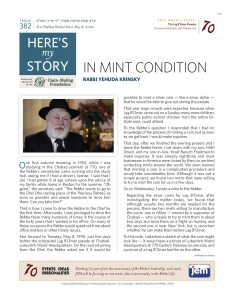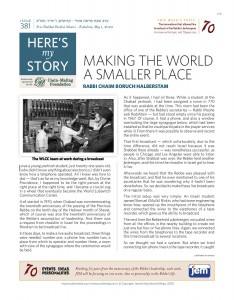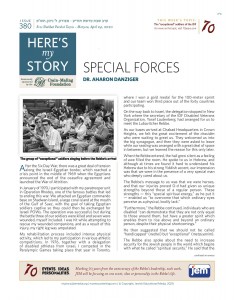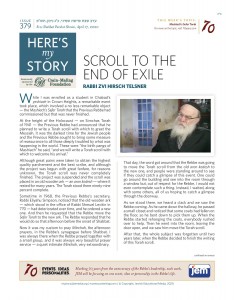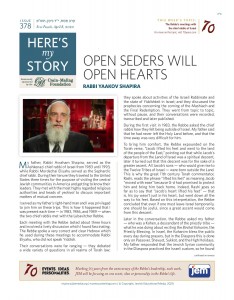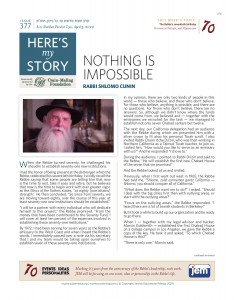The Very, Very Good Idea
Both of my parents came from Lodz, Poland, where they got married and raised two children. When the Nazis invaded Poland, they were herded into the Lodz Ghetto which was liquidated in August of 1944, with the residents sent to concentration camps. Both my parents managed to survive and be reunited after the war, but their two children – a brother and sister whom I never met – did not survive.
My mother became very quickly pregnant again and gave birth to my older sister in 1946 in a DP camp. Unfortunately, my mother was not in the best shape at the time and my sister received poor prenatal care, so she ended up being sickly her whole life. I was born two years later and, when I was a baby, we immigrated to the United States, settling in the Brownsville section of Brooklyn where some Lubavitchers lived at the time.
Although my parents were not Lubavitch, they came from a chasidic background and, when I reached school age, they sent me to the chasidic school nearest our house which happened to be a Lubavitch school.
The Rebbe had taken over the leadership of Chabad-Lubavitch two years earlier, in 1951, and the stories about him were already spreading. My mother, who had very strong belief in the power of tzaddikim, naturally gravitated to the Rebbe.
Her reliance on the Rebbe, his blessings and guidance grew even stronger when my father – who had been physically and mentally broken by his experiences during the war – passed away when I was twelve, just two months before my Bar Mitzvah.
All along, the Rebbe treated my mother with incredible patience and empathy. I recall her telling him about her experiences in the Holocaust – which took a long time – as the Rebbe listened with great attention. He was also very patient whenever she broke down in tears, as she spoke about how sickly my sister was, one of the main topics of every audience we had.
As for me, I saw the Rebbe every year around the time of my birthday. Usually, he would ask me what I was learning and then quiz me on that subject. I still remember a few of his questions because he stumped me a couple of times.
Once he asked me about the teaching of the Mishnah concerning a watchman who locks up an animal in its pen and then goes to sleep. “Is he liable if the animal is stolen during the night?” (more…)


